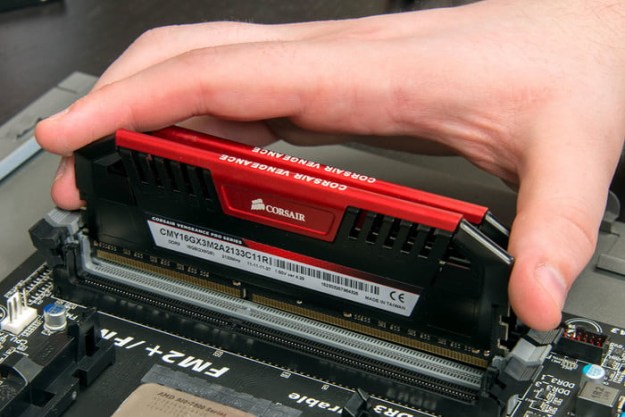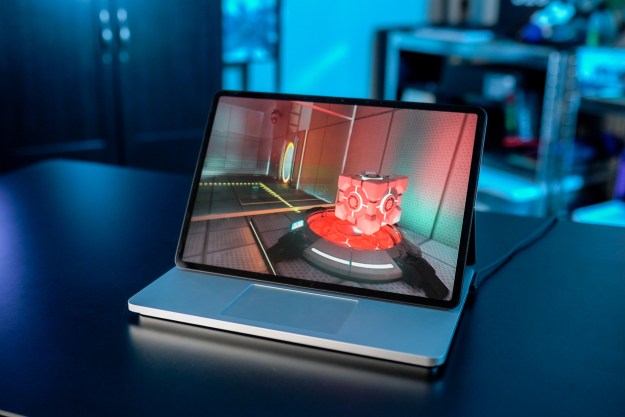
“Carbon Nanotube Valley” just doesn’t have the same ring to it. But if scientists at Stanford University have their way, computing’s most iconic element – and the Valley’s namesake – could be going the way of the vacuum tubes that came before it.
Last week, researchers at Stanford built the first functioning computer using carbon nanotubes – a new material for building transistors that could completely change the way computers work in the coming decades. Though researchers have discussed the possibility of using carbon nanotubes for years, and tinkered with them in labs, Stanford’s homebrew computer is the first to actually use them.
Why snub silicon? Though engineers have been able to roughly double the number of transistors they can fit on a silicon chip every two years for decades, a phenomenon known as Moore’s Law, the party seems to be coming to an end. As transistors get smaller and smaller, engineers are butting up against the laws of physics, meaning silicon’s days are numbered if we want computers to keep getting smaller and faster.
Carbon nanotubes provide a convenient way to skirt these limitations, but they came with their own. Scientists have had problems growing carbon nanotubes in the straight lines, and some tubes in each batch also randomly end up working as conductive wires rather than semiconductors. That’s not the sort of reliability you need in chip design. But Stanford’s team found a way to conquer both limitations by literally vaporizing the faulty “wire” nanotubes and building a chip design that was tolerant of the imperfections in the rest.
“People have been talking about a new era of carbon nanotube electronics moving beyond silicon,” said Subhasish Mitra, an electrical engineer and computer scientist at Stanford. “But there have been few demonstrations of complete digital systems using this exciting technology. Here is the proof.”
Stanford’s computer may prove that carbon nanotubes work – but don’t expect anything revolutionary out of it just yet. According to Stanford, it performs tasks such as counting and number sorting. It’s going to be a while until you can play Crysis 3 on carbon nanotubes.


